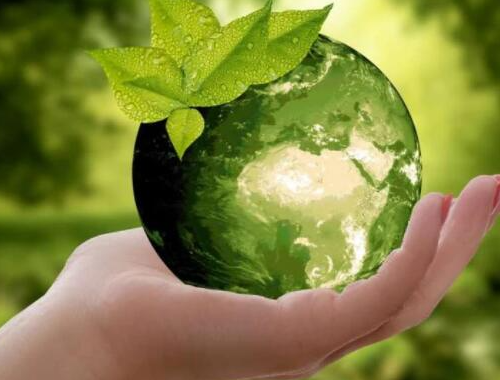In a world grappling with resource depletion and environmental concerns, the concept of recycling resources has become paramount. Cellulose, a versatile and abundant biopolymer, is emerging as a key player in the future of resource recycling. In this article, we explore the potential of cellulose regeneration and its transformative impact on sustainable resource management.
The Importance of Recycling Resources:
As natural resources diminish and waste generation increases, the need for effective resource recycling becomes critical. Recycling resources not only conserves raw materials but also reduces energy consumption, greenhouse gas emissions, and environmental pollution. Cellulose, as a renewable and recyclable material, offers promising avenues for sustainable resource management.
Cellulose as a Recyclable Biopolymer:
Cellulose, derived from plant sources such as wood and agricultural waste, is a prime candidate for recycling. Its unique chemical structure allows for efficient processing and regeneration. Through various recycling technologies, cellulose can be extracted, purified, and reprocessed into new products, reducing the reliance on virgin materials.
Advanced Cellulose Recycling Technologies:
Innovative technologies are being developed to enhance the recycling of cellulose-based materials. Mechanical recycling involves breaking down cellulose products into fibers, which can then be used to produce new materials. Chemical recycling methods, such as hydrolysis or solvolysis, break down cellulose into its constituent components for subsequent regeneration. These technologies enable the recovery of cellulose from waste streams and its transformation into valuable products.
Applications of Regenerated Cellulose:
Regenerated cellulose finds application in various industries. In textiles, regenerated cellulose fibers, such as viscose or lyocell, are used as sustainable alternatives to synthetic fibers. In packaging, regenerated cellulose films and coatings provide biodegradable and compostable options. Additionally, regenerated cellulose can be employed in construction materials, bio-based plastics, and even energy storage devices, showcasing its versatile potential.
Challenges and Future Directions:
While cellulose regeneration holds tremendous promise, challenges must be addressed for widespread adoption. Collection and sorting of cellulose-based waste, development of efficient recycling technologies, and market demand for recycled cellulose products are key areas of focus. Collaborative efforts among stakeholders, including manufacturers, policymakers, and consumers, are essential for establishing a robust cellulose recycling infrastructure.
Cellulose regeneration is poised to revolutionize resource recycling, offering a sustainable solution to the challenges of resource depletion and waste management. By harnessing the recyclability of cellulose and investing in advanced recycling technologies, we can create a closed-loop system where cellulose-based materials are recycled and regenerated, minimizing the need for virgin resources. Cellulose recycling holds the potential to pave the way for a more sustainable future, where resources are conserved, waste is minimized, and the environmental impact is reduced.


